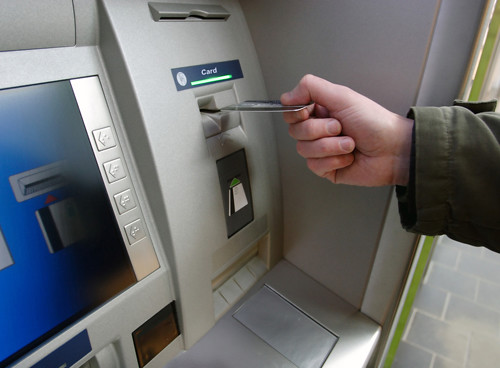Blogging History
Blog is composed of two English words "Web" and "log". Which is a website, that keeps track of data in chronological order.
The Word "WebLog" was used first time ever by "John Barger" in 1997. Who owns the website www.robotwisdom.com based on blogs. After that "Peter Merholz" broke the word and had used like
We Blog, from there it was popular as "Blog".
A Website named Xanga, had only 100 Blogs in the Year 1998. But Later in 2005 they were about 20 Million. After that other number of blogging services were introduced. Blogs got popularity like this. Open Diary Blogs first time offered the Comments system on it. Which was very successful attempt.
Live Journal is another Free and Popular blogging service. That supports the function of Private Journal, Blogging, Discussion Boards, Social Network. 2 Billions communtities have been setup from 1999. Live Journal was the first which provided the function of posting through mobile phones.
In the begnning the blogs were only based on written materials but later came across the technology of embedding Video, Podcasts(audio services), Pictures etc. You can say Multimedia Blogging services. Now become a big part of Internet.
Why Do We Blog ?
No doubt, Blogging is considered the most popular and important service of Internet. Millions Of People use to write their own blogs and to read other people's blogs. And this activity is spreading all over the Internet World as polution in the World ;-) Oh sorry! Population in the World. Number of Blogging tools make it easier to do (blogging).
What Do Google Blogger (BlogSpot) Say?
Blog Is Your Personal Diary, Your Diary regarding your busy life, a place where you start to communicate, to make relations, a place where important news are obtained and your personal thoughts. This is Human's nature to spread his Searches, Researches, Inventions etc. to others. He wants to see others thinking like him. These are the reasons which affect human to write blogs. Because blogs are the only places where he describes each and everything in description.
Many companies offer their clients to write their own blogs. Microsoft's many clients are writing regular blogs. This is the condition for other companies where the employees shares the important news, experiments, advices with their readers.
Blogs got too much popularity that now they are used for making money online. Google Adsense is the main source of making money online for every new and old blogger.
How To Make Blogs ?
There are 2 methods of making blogs. First method is to make it on any hosting platform like (blogger.com , wordpress.com etc.) Another way is to buy your own domain name and hosting service and install any blog script and start blogging on it.
Blogspot.com A Google blogger blog provider is the most popular among blogging services.
Blogs Search Engine
Technorati is the biggest blog's search engine while other search engines are also available. Technorati was awarded The Best Technical Award in 2006. Uptil now Technorati listings are of nearly 90million blogs. The following are the other blog search engines:-
blogsearch.google.com
blog.ask com
blogsearchengine.com
Number Of Existing Blog
Here I am mentioning some number of blogs exist in Internet World. If you know other than these, then feel free to share it in the comments below.
America, Canada, UK, Australia, Newzealand has approximately 36 million blogs. Asia has 25million blogs. Europe has approximately 3 million blogs. Pakistan and India has nearly 10 thousands blogs.
New Ad Mode (Ad Mode $0) Has Been Launched, Interested People Can Check Out More Details In
Advertise Page.
Learn About MaskedBlogger - Here
